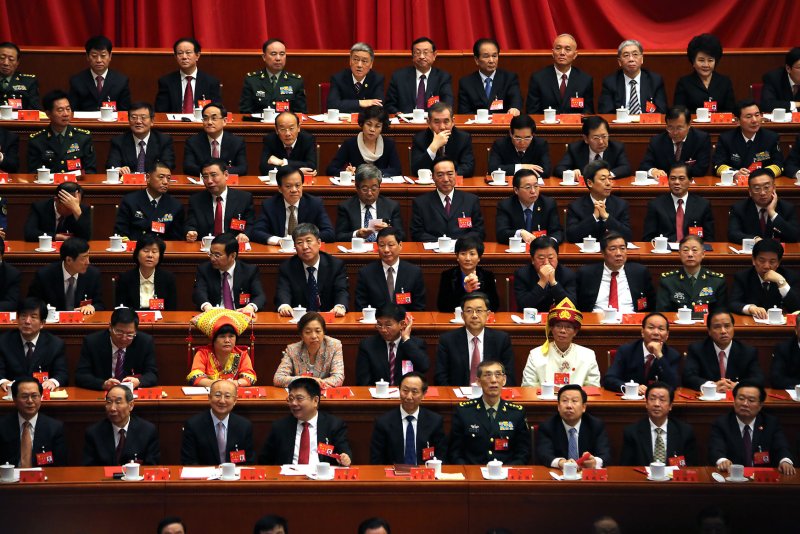Get ready for a hard landing
China Manufacturing Growth Slows
BEIJINGIn a signal that the world's second-largest economy hasn't bottomed out, China's manufacturing activity last month grew at the slowest pace since November.
The official manufacturing Purchasing Managers Index fell to 50.2 in June from 50.4 in May, the China Federation of Logistics and Purchasing, which issues the data with the National Bureau of Statistics, said in a statement Sunday. A PMI reading above 50 indicates an expansion in manufacturing activity, while a reading below 50 indicates contraction.
The June figure exceeded market expectationsthe median forecast of 11 economists polled by Dow Jones Newswires was 49.8but economists said the reading wasn't promising, as subindexes for new orders, exports and imports all painting gloomy pictures. The new-orders subindex fell to 49.2 last month from 49.8 in May, while new export orders slipped into contraction territory at 47.5, down from 50.4. The imports subindex was at 46.5 in June, down 1.6 points.
"I am pessimistic about the exports situation in the second half-year, as the euro zone will step into recession," said Citi economist Ding Shuang said, adding that he expects both exports and imports to creep higher by single digits monthly for the rest of this year and for the year as a whole.
China Manufacturing Growth Slows - WSJ.com




